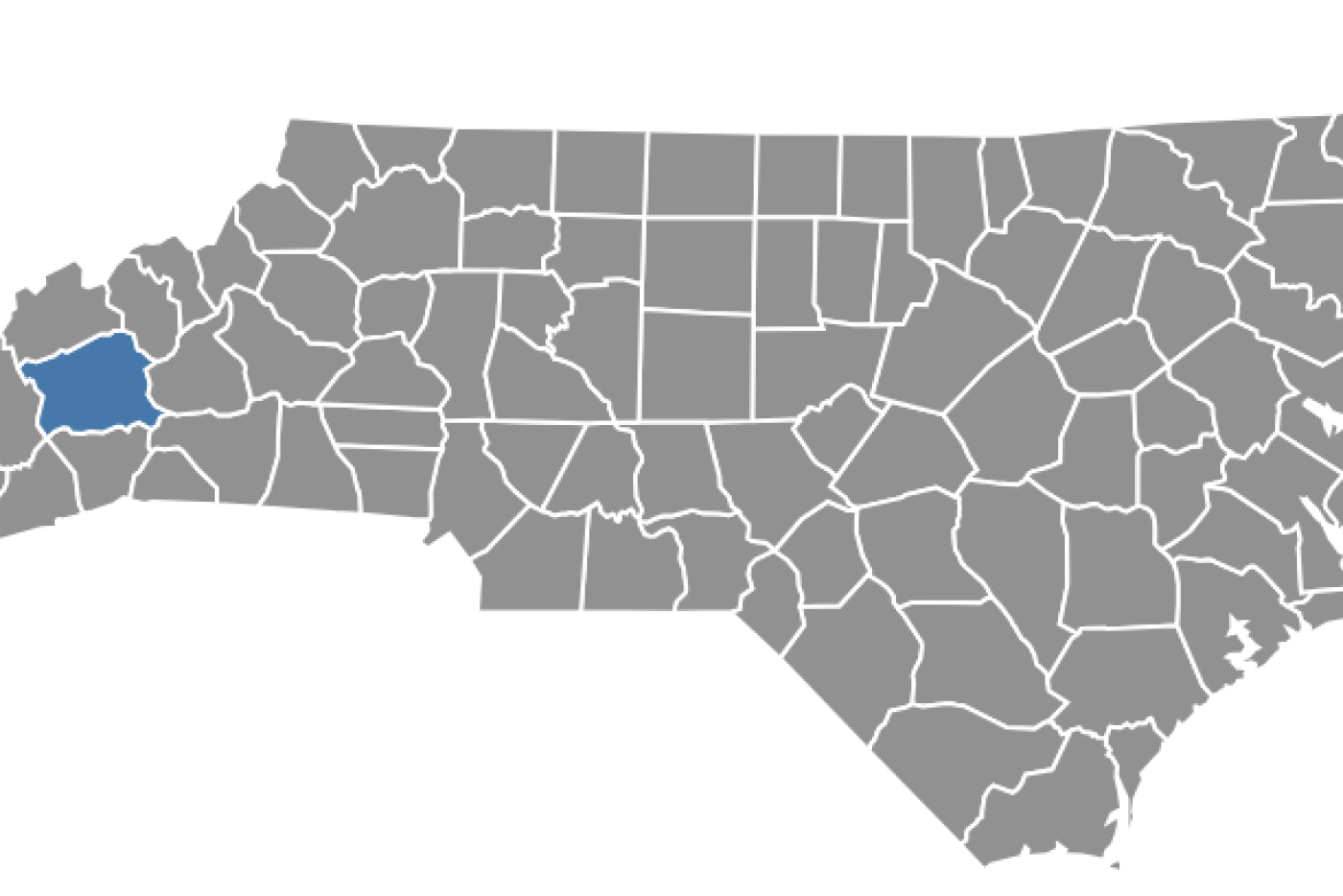Author: Andrew Duppstadt, DNCR
This article originally appeared in Recall, the magazine of the North Carolina Military Historical Society; republished with permission.
Buncombe County, located in the western portion of North Carolina, was formed in 1791 out of Burke and Rutherford counties. Numerous other counties were formed using parts of the original Buncombe County in subsequent years: Haywood (1808); Yancey (partial, 1833); Henderson (1838); and Madison (partial, 1851). Interestingly, portions of other counties were later annexed to Buncombe as well: Yancey (1849) and McDowell (1925). Buncombe’s boundaries with adjacent counties were adjusted numerous times, in 1851, 1889, and 1901. Buncombe County, as it exists today, retains its form from 1925 and is bordered by Madison, Yancey, McDowell, Rutherford, Henderson, Transylvania, and Haywood counties.

The county was named in honor of Colonel Edward Buncombe (1742-1778), a Revolutionary War soldier who was wounded and captured at the Battle of Germantown (PA) on October 4, 1777. He died in Philadelphia on an unknown date in May 1778. Born in St. Kitts, British West Indies, and raised in England, Edward Buncombe moved to North Carolina in 1768 and settled on a plantation he inherited near the Albemarle Sound in present-day Washington County. Estate records indicate that he owned 2,250 acres and 10 enslaved workers. Buncombe was quick to join the Patriot cause, serving in the First Provincial Congress before taking a role in the military. He was Colonel of the Tyrell County Militia from sometime in 1775 until April 15, 1776, when he was appointed to command the 5th North Carolina Regiment of the Continental Line. After being wounded and captured in the Battle of Germantown, he was paroled to Philadelphia. In May 1778, in what was described as a sleepwalking incident, Buncombe fell down the stairs, opening his old wounds and subsequently bleeding to death. He was buried in the Christ Church Burial Ground in Philadelphia.
Modern Buncombe County encompasses 660 square miles and has a population of almost 262,000 residents. Notable features include the French Broad River, Pisgah National Forest, and part of the Blue Ridge Parkway. The county is home to numerous retreat centers. Asheville (approx. 93,000 residents) is the twelfth largest city in North Carolina and the county seat. Other towns in the county include Black Mountain, Montreat, and Weaverville, along with smaller townships such as Woodfin, Arden, Swannanoa, Reems Creek, Biltmore Forest, Enka, and Candler. The county is home to four colleges: Asheville-Buncombe Technical Community College, Montreat College, Warren Wilson College, and UNC-Asheville. The leading industries in the county are healthcare/social services, wholesale, and manufacturing. Tourism is also an important economic driver in the area. The Asheville Metro Area, covering four counties in the region, attracts 10-12 million visitors annually with an economic impact of approximately three billion dollars.
For more information and to learn more, visit: https://www.ncmilitaryhistoricalsociety.org/

